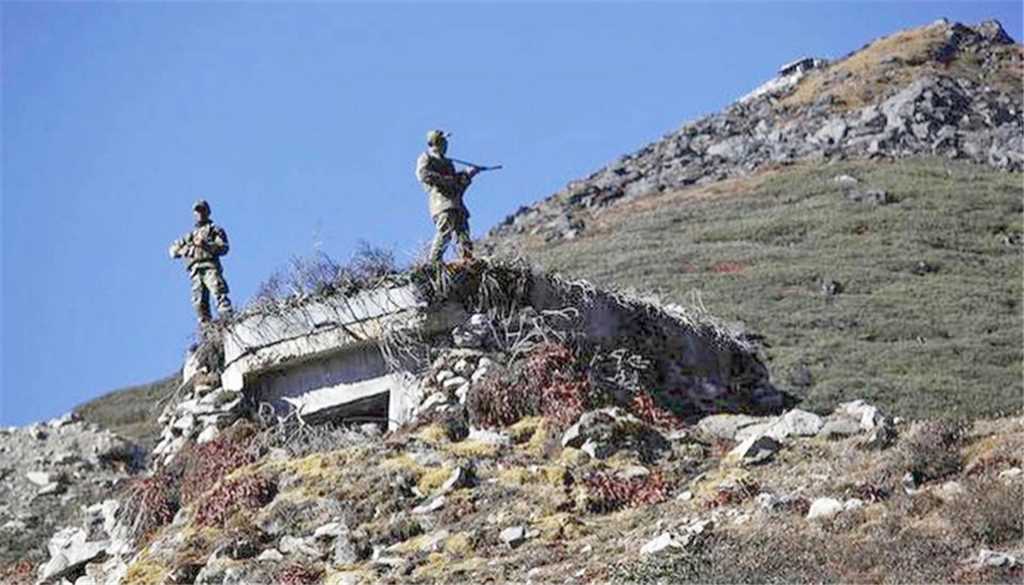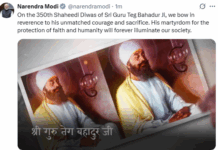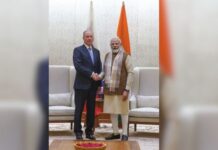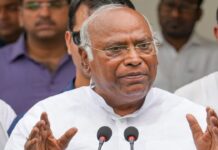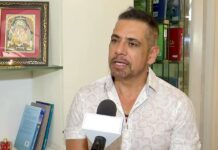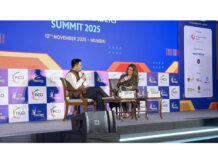A strategy to undermine China beyond recovery has been spelt out by the closest Sinologist in Prime Minister Narendra Modi’s cabinet, Ramdas Athawale, MP from Maharashtra and Minister of State for Social Justice and Empowerment. He exhorted the nation on a current affairs show on Wednesday that restaurants must stop serving Chinese food.
The Minister’s edict is at the moment redundant because, in deference to Coronavirus, all restaurants are in any case shut, including the ones notorious for Chinese cuisine. This begs the question: is the mushroom growth of Momo stalls to be checked too? Or, will a culinary inquiry have to determine whether Momos are Chinese, Tibetan or Ladakhi?
Levity apart, the standoff in Ladakh takes the mind back to then External Affairs Minister, Atal Bihari Vajpayee’s 1979 visit to Beijing. That visit was conceived in a context. Until 1971, with the Cold War at full throttle, a tiresome parity existed between India and Pakistan. When Indira Gandhi intervened to help create Bangladesh, the geography on the sub-continent changed: India became a large country surrounded by a necklace of small countries.
To balance power, regional countries in concert began to flourish a China card — classical balance of power politics. This was one dimension of SAARC’s genesis. The other depended on what India made of the altered situation. It was both a challenge and an opportunity. What if Vajpayee moved towards some sort of an entente with Beijing?
Meanwhile, Richard Nixon’s 1972 visit to Beijing had broken the bipolarity in the global power balance. Henry Kissinger had sketched a triangular balance of power — Washington, Moscow and Beijing. Nixon fell, in disgrace. Subsequently, the terms of Morarji Desai and Jimmy Carter coincided — a twice born Prime Minister and a born again President. Carter’s National Security Adviser, Zbigniew Brzezinski, began to alter Kissinger’s design: he talked of regional influentials. Morarji’s India and Shah’s Iran had barely been fitted into this frame when the Shah fell. Ayatollah Khomeini was sliding into the frame when Vajpayee embarked on a brightly concave but poorly prepared visit to Beijing. The timing was bad.
Deng Xiaoping must have been a bit distracted when Vajpayee arrived. The Supreme leader, who had just launched the four modernizations to strengthen agriculture, industry, defence, science and technology, had simultaneously taken upon himself the task of “teaching Vietnam a lesson”.
Vajpayee was, according to his own lights, on an epoch making visit. But for Deng, the Vietnamese situation was high priority. India’s Ambassador to Beijing Ram Sathe had a sense of what was to come. He had alerted New Delhi: the timing of the visit was, well, “chancy”.
After a fruitful day at Hangzhou, one of China’s cultural centres, we had retired to our hotel rooms, when a journalist accompanying the Indian delegation was asked by his editor to enquire about “some kind of an invasion.”
He walked straight to Foreign Secretary Jagat Mehta’s room, in his pajamas. The Foreign Secretary, also in his pajamas, called Vajpayee.
Without as much as taking the visiting External Affairs Minister into confidence, the Chinese had invaded Vietnam. Sino-Soviet differences, particularly after the end of Vietnam’s war with the US in 1975, had extended to their respective affiliates, in this case Moscow’s friend Vietnam.
A disgusted Vajpayee cancelled the last leg of the visit and returned to New Delhi. I stayed on with another journalist, having placed a request with the Chinese: we would like to visit the Sino-Vietnam front. Initially, the Chinese were enthusiastic. But after making us wait for two days, they came back with an official response: the visit to the front was not possible. This was something of a giveaway. Were the Chinese making heavy weather of the conflict? Instead of teaching Vietnam a lesson had they been taught one?
I found my way to Bangkok where Abid Hussain, who later became Ambassador to Washington, was on a spell with a UN agency. Always helpful, Abid Hussain introduced me to his colleague, a member of the Bao Dai family, one of Vietnam’s aristocracies which were not in bad odour with the revolutionary government.
Lo and behold I found myself in Hanoi, much to the astonishment of our ambassador, Sivaramakrishnan. Abid Bhai’s “Bao Dai” friend in Bangkok must have been a man of considerable reach. The day after my arrival, I was granted an interview by the Secretary General of Vietnam’s Communist Party, Xuan Thuy. He opened the ultimate door for me. I became the only journalist to be driven to Lang Son where the decisive battle ended, in Vietnam’s favour. I was witness to much celebration and vast quantities of equipment being moved triumphantly away from the battlefield.
Two brief points before I exceed my wordage. It reflected on the civil relations between the Press and South Block those days that Defence Secretary Sushital Banerjee requested me to be debriefed at Army headquarters about the rare ringside seat I had had on a crucial battle which possibly changed global power equations.
American journalists said nothing because they were not there. In fact, photographs of Hanoi I shot with my primitive camera were used by Time magazine. Moreover, Americans would be loath to play up the defeat of a friend they had just begun to cultivate and, that too at the hands of the old culprit, Vietnam.

